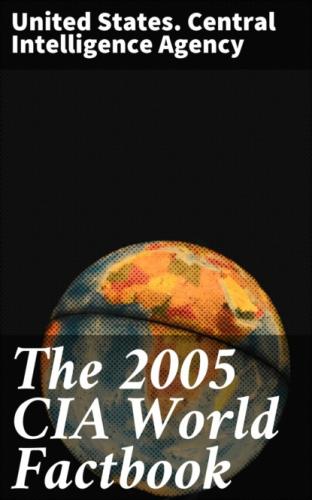GDP (purchasing power parity):
$1.9 billion (2003 est.)
GDP - real growth rate:
2% (2003 est.)
GDP - per capita:
purchasing power parity - $26,800 (2003 est.)
GDP - composition by sector:
agriculture: NA%
industry: NA%
services: NA%
Labor force:
33,000 (2001 est.)
Labor force - by occupation:
agriculture 1%, industry 21%, services 78% (2000 est.)
Unemployment rate:
0% (1996 est.)
Population below poverty line:
NA%
Household income or consumption by percentage share:
lowest 10%: NA%
highest 10%: NA%
Inflation rate (consumer prices):
4.3% (2000)
Budget:
revenues: $385 million
expenditures: $342 million, including capital expenditures of NA
(1997)
Agriculture - products:
small quantities of rye, wheat, barley, oats, vegetables; sheep
Industries:
tourism (particularly skiing), cattle raising, timber, banking
Industrial production growth rate:
NA%
Electricity - production:
NA kWh
Electricity - production by source:
NA
Electricity - consumption:
NA kWh
Electricity - exports:
0 kWh (2002)
Electricity - imports:
NA kWh; note - most electricity supplied by Spain and France;
Andorra generates a small amount of hydropower
Exports:
$58 million f.o.b. (1998)
Exports - commodities:
tobacco products, furniture
Exports - partners:
Spain 58%, France 34% (2000)
Imports:
$1.077 billion (1998)
Imports - commodities:
consumer goods, food, electricity
Imports - partners:
Spain 48%, France 35%, US 2.3% (2000)
Debt - external:
$NA
Economic aid - recipient:
none
Currency (code):
euro (EUR)
Currency code:
EUR
Exchange rates:
euros per US dollar - 0.8054 (2004), 0.886 (2003), 1.0626 (2002),
1.1175 (2001), 1.0854 (2000)
Fiscal year:
calendar year
Communications Andorra
Telephones - main lines in use:
35,000 (2001)
Telephones - mobile cellular:
23,500 (2001)
Telephone system:
general assessment: NA
domestic: modern system with microwave radio relay connections
between exchanges
international: country code - 376; landline circuits to France and
Spain
Radio broadcast stations:
AM 0, FM 15, shortwave 0 (1998)
Radios:
16,000 (1997)
Television broadcast stations:
0 (1997)
Televisions:
27,000 (1997)
Internet country code:
.ad
Internet hosts:
4,144 (2004)
Internet Service Providers (ISPs):
1 (2000)
Internet users:
24,500 (2001)
Transportation Andorra
Highways: total: 269 km paved: 198 km unpaved: 71 km
Merchant marine:
registered in other countries: 1
Airports:
none (2004 est.)
Military Andorra
Military branches:
no regular military forces, Police Service of Andorra
Military - note:
defense is the responsibility of France and Spain
Transnational Issues Andorra
Disputes - international: none
This page was last updated on 20 October, 2005
======================================================================
@Angola
Introduction Angola
Background:
Angola has begun to enjoy the fruits of peace since the end of a
27-year civil war in 2002. Fighting between the Popular Movement for
the Liberation of Angola (MPLA), led by Jose Eduardo DOS SANTOS, and
the National Union for the Total Independence of Angola (UNITA), led
by Jonas SAVIMBI, followed independence from Portugal in 1975. Peace
seemed imminent in 1992 when Angola held national elections, but
UNITA renewed fighting after being beaten by the MPLA at the polls.
Up to 1.5 million lives may have been lost - and 4 million people
displaced - in the quarter century of fighting. SAVIMBI's death in
2002 ended UNITA's insurgency and strengthened the MPLA's hold on
power. DOS SANTOS has pledged to hold national elections in 2006.
Geography Angola
Location:
Southern Africa, bordering the South Atlantic Ocean, between
Namibia and Democratic Republic of the Congo
Geographic coordinates:
12 30 S, 18 30 E
Map references:
Africa
Area:
total: 1,246,700 sq km
land: 1,246,700 sq km
water: 0 sq km
Area - comparative:
